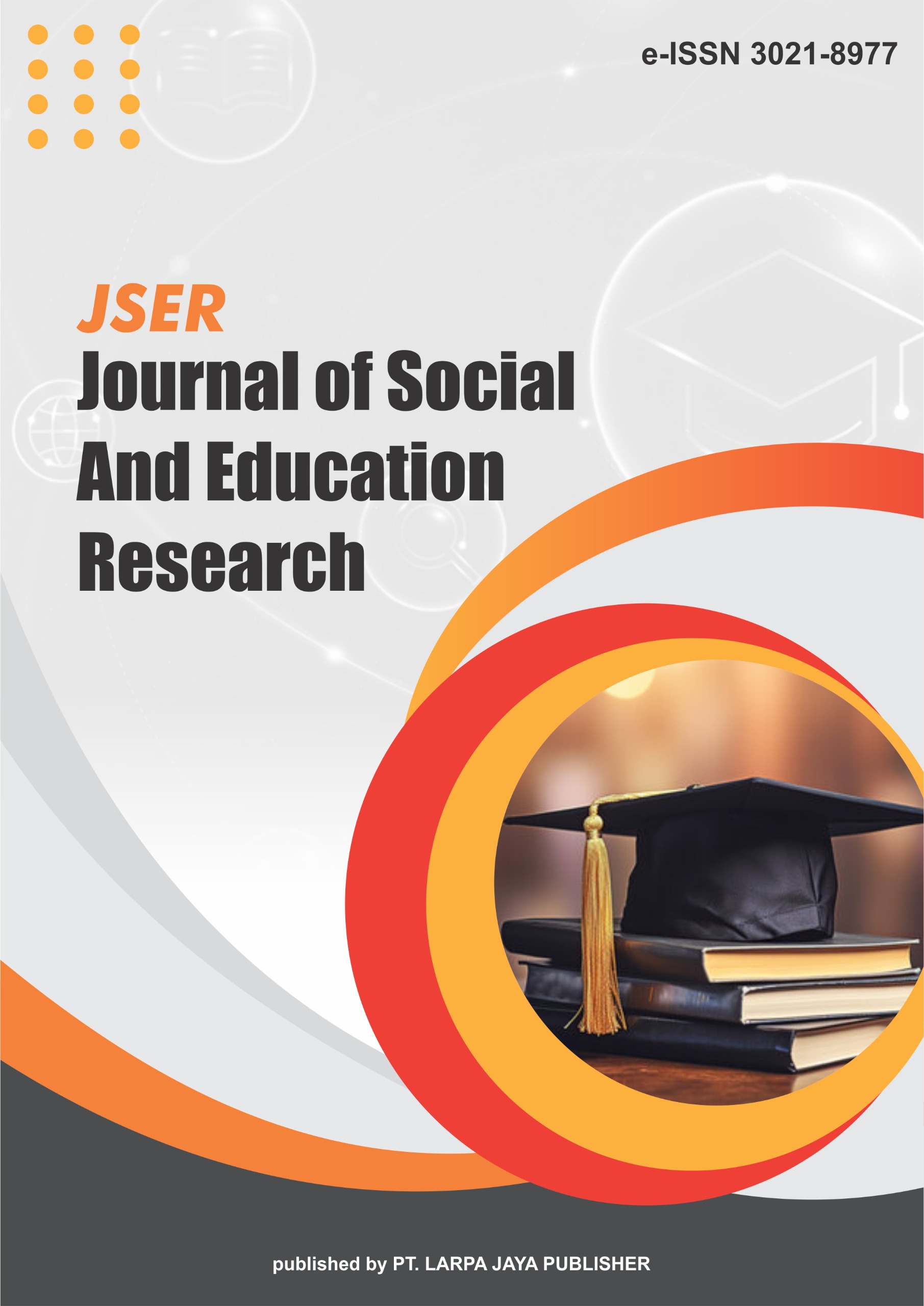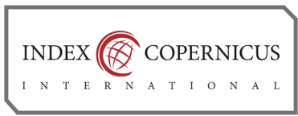Midwifery Care and Family Social Support for Pregnant Women with Mild Anemia in the Third Trimester
DOI:
https://doi.org/10.63265/jser.v3i2.103Keywords:
Anemia, Pregnancy, Family Support, Third Trimester, Maternal HealthAbstract
Anemia during pregnancy is a significant health issue in developing countries, contributing to high maternal and fetal morbidity and mortality rates. This study focuses on severe anemia among pregnant women in their third trimester, examining prevalence, causes, and effective interventions. The findings indicate that limited knowledge about anemia and poor adherence to iron supplementation are key factors leading to anemia in pregnancy. Data from clinical visits showed that educational interventions aimed at increasing awareness, combined with iron tablet supplementation, significantly improved hemoglobin levels and maternal health. Hemoglobin levels in participants increased from severe anemia levels (<9 g/dL) to near-normal ranges after intervention. The study also highlights the role of family support and consistent antenatal care in managing anemia effectively. Nutritional education addressing iron-rich diets and the avoidance of substances inhibiting iron absorption proved essential. These results align with prior research emphasizing education and supplementation as critical strategies to reduce anemia-related pregnancy complications such as miscarriage, preterm birth, and low birth weight. The study recommends strengthening antenatal care programs by integrating comprehensive nutritional education and monitoring to ensure compliance with iron supplementation. Improving pregnant women’s and their families’ knowledge on anemia prevention is crucial to reducing maternal and fetal risks associated with anemia. This approach can ultimately contribute to better pregnancy outcomes and reduced maternal mortality rates.
References
Balarajan, Y., Ramakrishnan, U., Özaltin, E., Shankar, A. H., & Subramanian, S. V. (2011). Anaemia in low-income and middle-income countries. The Lancet, 378(9809), 2123–2135. https://doi.org/10.1016/S0140-6736(10)62304-5
Dewi, A. K., & Mardiana, D. (2021). Pengaruh konsumsi tablet zat besi terhadap peningkatan kadar hemoglobin ibu hamil. Jurnal Kesehatan Masyarakat, 16(2), 134–141.
Dinas Kesehatan Provinsi Nusa Tenggara Barat (Dinkes NTB). (2018). Profil Kesehatan Provinsi Nusa Tenggara Barat Tahun 2018. Dinkes NTB.
Finkelstein, J. L., Kurpad, A. V., Thomas, T., & Brahmbhatt, H. (2015). Iron supplementation during pregnancy – a necessary and effective intervention. International Journal of Women's Health, 7, 697–706. https://doi.org/10.2147/IJWH.S71120
Galloway, R., McGuire, J., & Alvarez, J. (2002). Factors affecting adherence to iron supplementation: simple analyses and suggestions for improvement. European Journal of Clinical Nutrition, 56(Suppl 2), S72–S77. https://doi.org/10.1038/sj.ejcn.1601484
Haider, B. A., Olofin, I., Wang, M., Spiegelman, D., Ezzati, M., Fawzi, W. W., & Nutrition Impact Model Study Group (Anaemia). (2013). Anaemia, prenatal iron use, and risk of adverse pregnancy outcomes: systematic review and meta-analysis. BMJ, 346, f3443. https://doi.org/10.1136/bmj.f3443
Hariati, R., Nugroho, H., & Lestari, S. (2020). Pengetahuan anemia pada kehamilan dan pengaruhnya terhadap kadar hemoglobin ibu hamil di wilayah kerja Puskesmas. Jurnal Kebidanan dan Kesehatan, 12(1), 45–52.
Kementerian Kesehatan Republik Indonesia (Kemenkes RI). (2020). Profil Kesehatan Indonesia Tahun 2019. Kementerian Kesehatan RI.
Kumari, S., Srivastava, S., & Singh, A. K. (2020). Prevalence of anemia among pregnant women and its association with pregnancy outcome. Journal of Family Medicine and Primary Care, 9(7), 3571–3576. https://doi.org/10.4103/jfmpc.jfmpc_361_20
Rossi, A. C., Prefumo, F., & Schmid, M. (2011). Iron supplementation during pregnancy: evidence-based benefits and risks. European Journal of Obstetrics & Gynecology and Reproductive Biology, 156(2), 119–123. https://doi.org/10.1016/j.ejogrb.2011.06.006
Sasmita, R. (2022). Prevalensi anemia pada ibu hamil di Asia: Tinjauan literatur. Jurnal Ilmu Kesehatan Global, 7(1), 23–29.
World Health Organization (WHO). (2011). Haemoglobin concentrations for the diagnosis of anaemia and assessment of severity. Geneva: WHO. Retrieved from https://www.who.int/vmnis/indicators/haemoglobin.pdf
World Health Organization (WHO). (2021). Maternal mortality: Key facts. Retrieved from https://www.who.int/news-room/fact-sheets/detail/maternal-mortality
Zuiatna, N. (2021). Hubungan pengetahuan ibu tentang anemia dengan kejadian anemia pada ibu hamil. Jurnal Kebidanan Indonesia, 10(2), 101–107.
Downloads
Published
How to Cite
Issue
Section
License
Copyright (c) 2025 Journal of Social And Education Research

This work is licensed under a Creative Commons Attribution-NonCommercial 4.0 International License.










